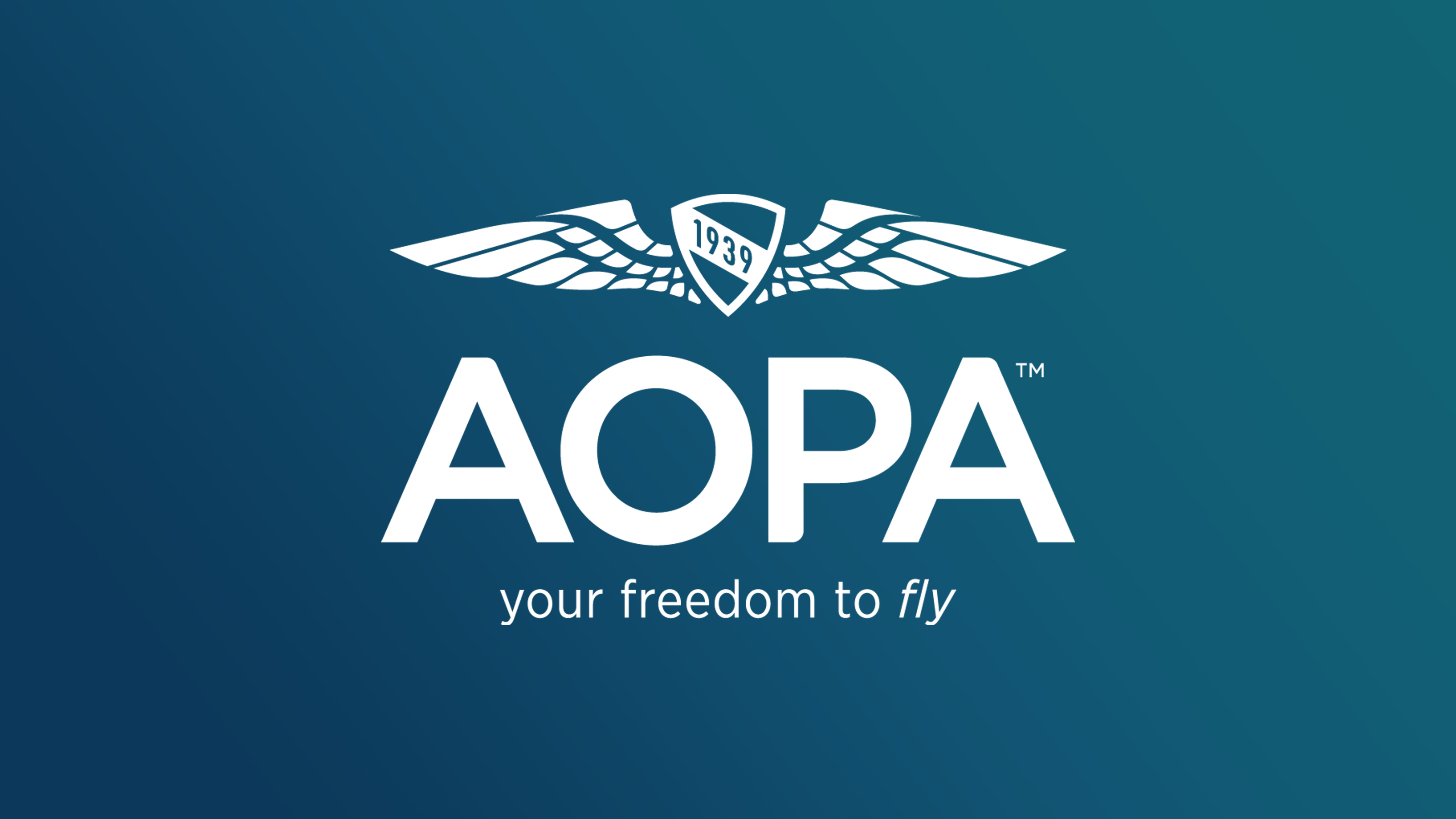The content you requested is no longer available.
We apologize for the inconvenience and invite you to browse the News by Topic section to find other information that may be relevant. Additionally, below is our latest news feed, or use the search feature at the top of the page.
